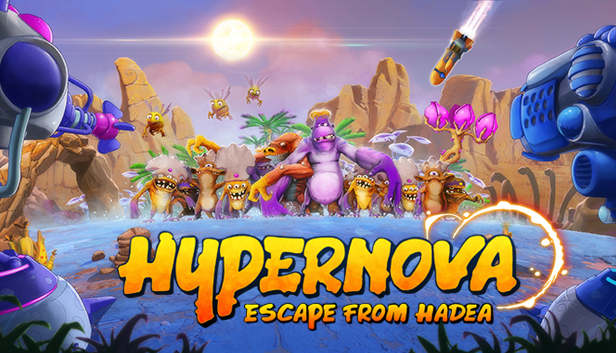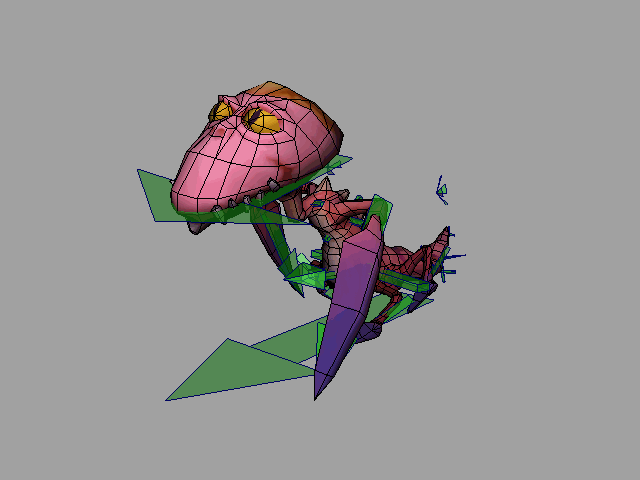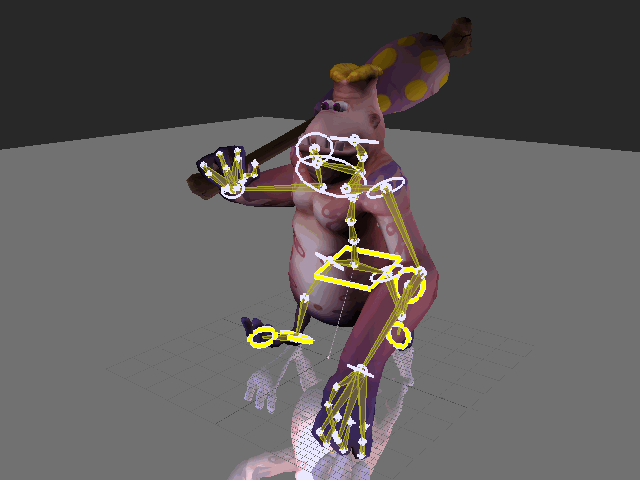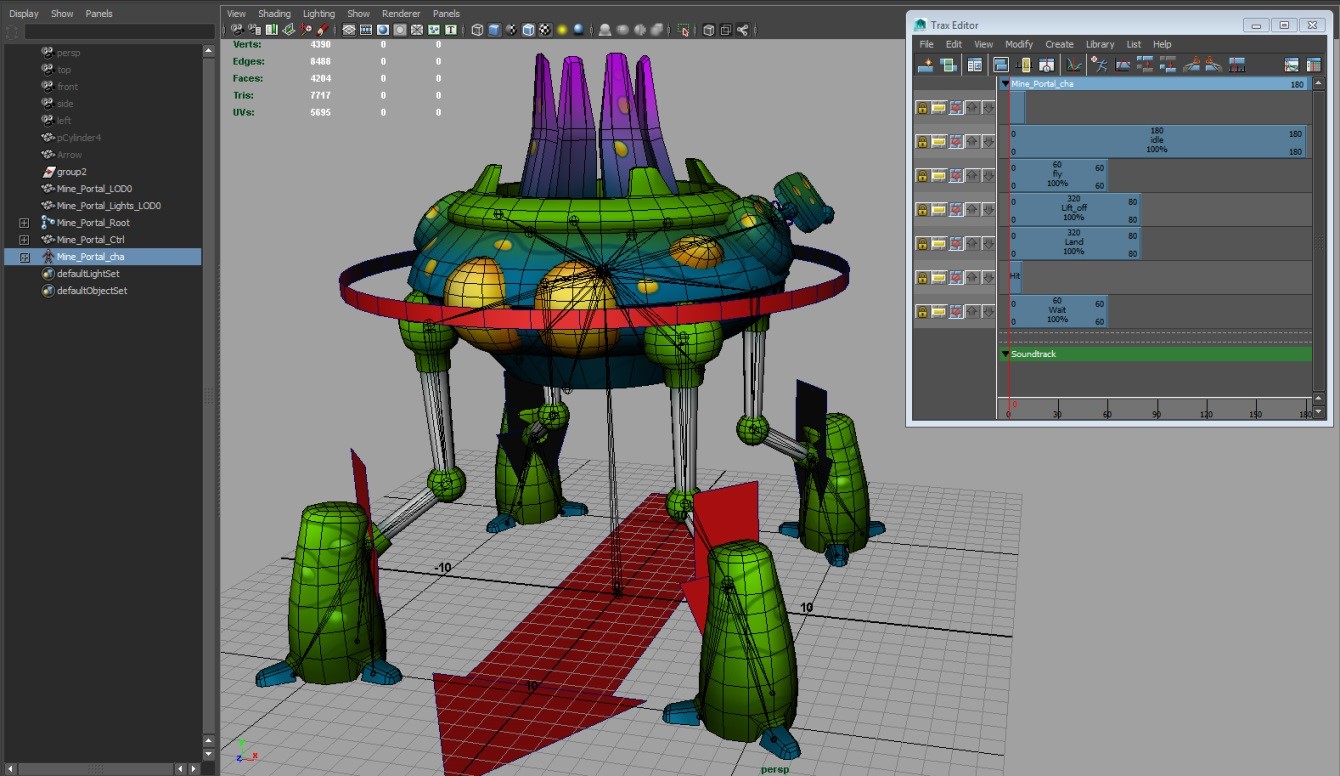
The main challenge with animations in HYPERNOVA was the performance. In a strategy game, a many units may be displayed at once, so the performance can quickly become an issue.
While the programmers did a great job in hiding all the assets that weren't actually seen, each building and creature also had to be optimized as much as possible. Optimization included low mesh polycounts, LOD (level of detail) meshes, shadow meshes and simpler skeletons. The buildings in the game are organic/robotic and technically don’t differ much from the creatures.
All the buildings and non-bipedal creatures were animated in Maya, using simple custom rigs.
Since the creatures in the game don’t do much more than walk, attack and die, the animator setups in Unity could also be kept as simple as possible:
Because of the small size on the screen, each creature had to have a very distinctive walk and attack animations. The average length of both attack and walk animations measured roughly 30 frames.
A non-bipedal walk cycle example:
Roughly half of the creatures were bipeds and were animated in Motion Builder, where the animations could be retargeted from creature to creature and easily retimed and modified. (No motion capture was used for creature animations.)
A bipedal walk cycle example:
The only two examples of complex animation are the intro and the outro. Both were animated in Motion Builder. (No animation was done in Unity.)
For better performance and predictability, the use of physics was limited to intro and outro.
Physics objects used for simulating floppy ears can be seen in the picture below:
And finally all of this in action... :)
Available now on
STEAM STORE
That's it for now. Thanks for reading, cheers!
- Samo.















